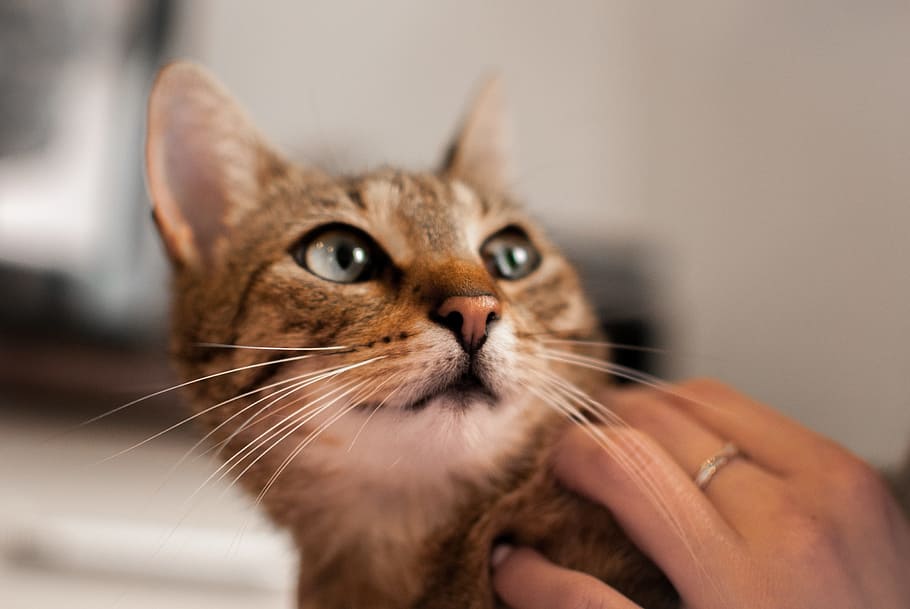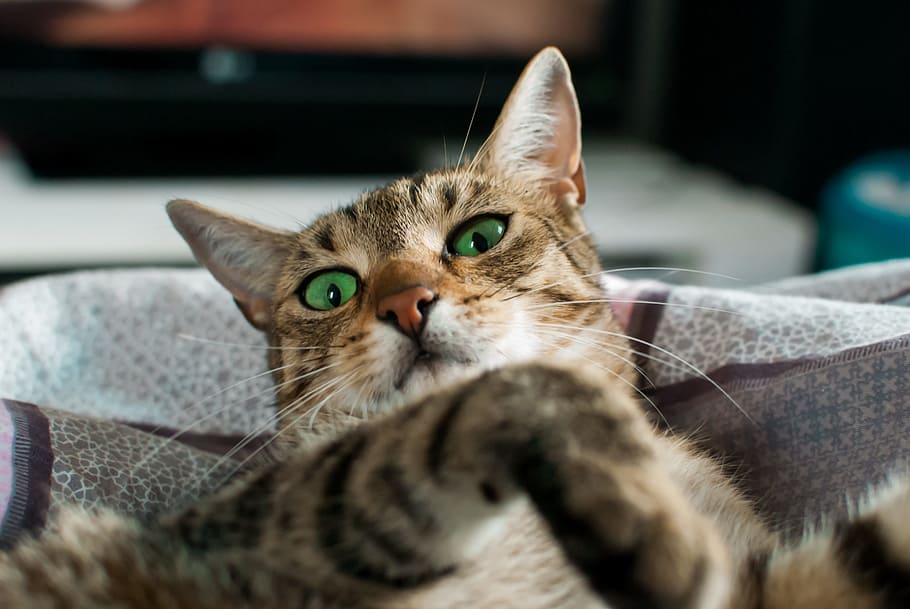
How to Calm Your Cat
Is your cat darting around the house, with dilated pupils and an agitated demeanor? Cats are natural predators and prey in the wild, which can make them highly reactive and occasionally aggressive. If you find yourself dealing with an upset feline friend, here are some tips on how to calm a cat.
Step 1: Calming a Cat That’s Occasionally Aggressive
Every cat has its unique personality, and occasionally, even the most mild-mannered feline friend can become agitated. When this happens, it’s essential to give your cat space and allow them to calm down on their own.
- Give Space: If your cat is acting unusually aggressive, it’s crucial to stop interacting with them immediately. Continued interaction can lead to bites or scratches. Leave the room and turn off the lights.
- Use the Scruff Technique: Some cats respond well to being gently grabbed by the scruff of their neck, similar to how their mother carried them as kittens. This technique can work effectively on kittens, but not all adult cats appreciate it. Be cautious, as attempting this on an angry cat can result in a bite.
- Wrapping in a Towel: If you must handle your agitated cat, try wrapping them in a large, soft towel. This can help calm them down and protect you from bites or scratches.
Tip: Cats typically won’t attack passers-by, but if an unfamiliar cat invades your garden and appears hostile, you can deter it by spraying water, which will often frighten it away.
Step 2: Calming a Cat in Specific Situations

Some cats can become extremely stressed in specific situations, such as car rides or vet visits. These experiences may lead to long-lasting anxiety or phobias. The cat carrier or transport box can trigger these reactions. Here’s how you can help:
- Familiarize the Carrier: Place the carrier in your home a few days before the trip and leave it open. Encourage your cat to explore it by dropping in a few treats. This way, your cat may realize that the carrier isn’t something to fear.
- Cover the Carrier: When transporting your cat, cover the carrier with a blanket. Keeping it hidden can help reduce your cat’s anxiety.
- Vet Visits: If your cat is particularly anxious at the vet, request that you and your cat wait in a separate room away from other animals. Alternatively, you can wait in your car until it’s your turn.
- Calming Pheromones: Consider using calming pheromone sprays, such as Feliway®, inside the carrier before the trip.
- Calming Medication: For the most nervous cats, there are calming medications like Calmivet® available from vets. However, the effectiveness of these medications varies among cats. Some become even more agitated, while others become very drowsy. These medications aren’t recommended for cats with heart issues or elderly cats.
Step 3: Calming a Cat Over the Long Term

If your cat’s aggression or anxiety seems to persist, there might be an underlying issue. Some simple adjustments can help maintain your cat’s calmness in the long run:
- Provide Exercise: Make sure your cat gets enough physical activity. Lack of exercise can lead to restlessness and anxiety. If possible, allow your cat outdoor time or provide engaging indoor activities like toys and cat trees.
- Diet Matters: Some cats become anxious when they are on restricted diets, especially if they’re overweight. Opt for a low-fat diet and distribute their food in small, frequent meals throughout the day. You can also use kibble dispensers like Pipolino®, which make cats work for their food.
In any case, maintaining a peaceful environment is essential:
- Avoid shouting or creating loud disturbances as cats prefer calm surroundings.
- Never resort to physical punishment as it can lead to fear and aggression.
- Educate children on how to interact with cats. Teach them not to disturb the cat while it’s sleeping and not to chase it around the house.
- Consider using a soothing pheromone diffuser like Feliway® or natural stress-relief supplements like Zylkène® sprinkled on their food.
Pro Tip: If your cat’s behavioral problems persist, it’s wise to consult a veterinarian. A vet can rule out underlying physical causes like pain. If the issue is primarily behavioral, a feline behaviorist can provide guidance and, if necessary, prescribe anxiety-reducing medications.
Remember, a calm and happy cat is a healthier and more content pet, so taking the time to address your cat’s stress and anxiety is well worth the effort.





